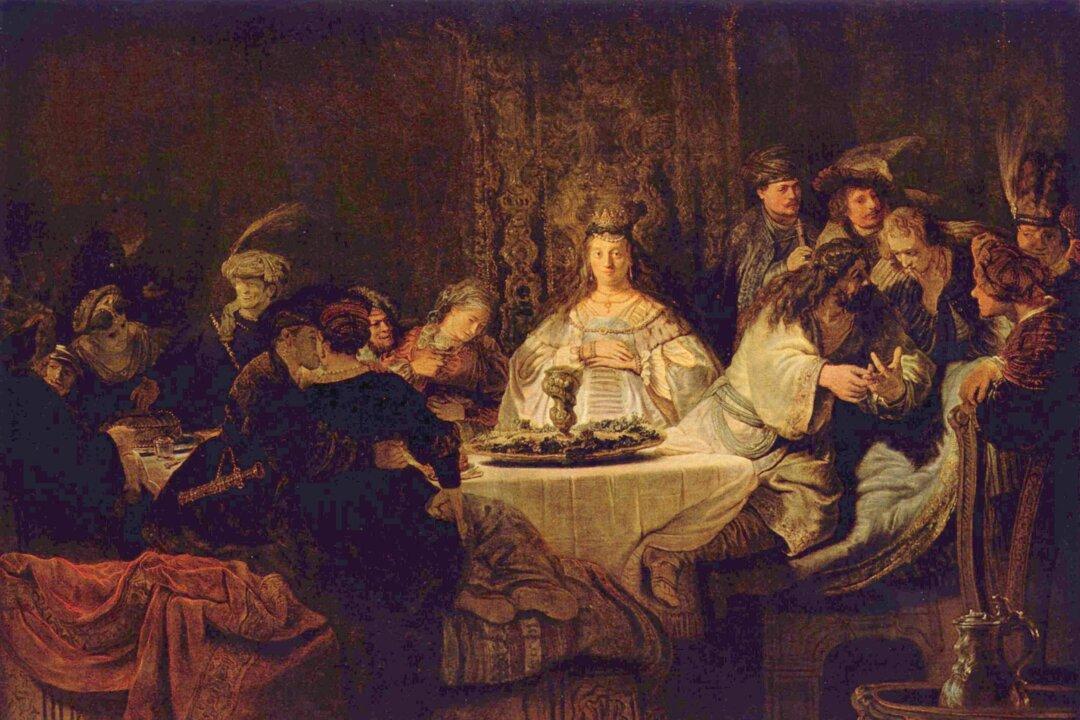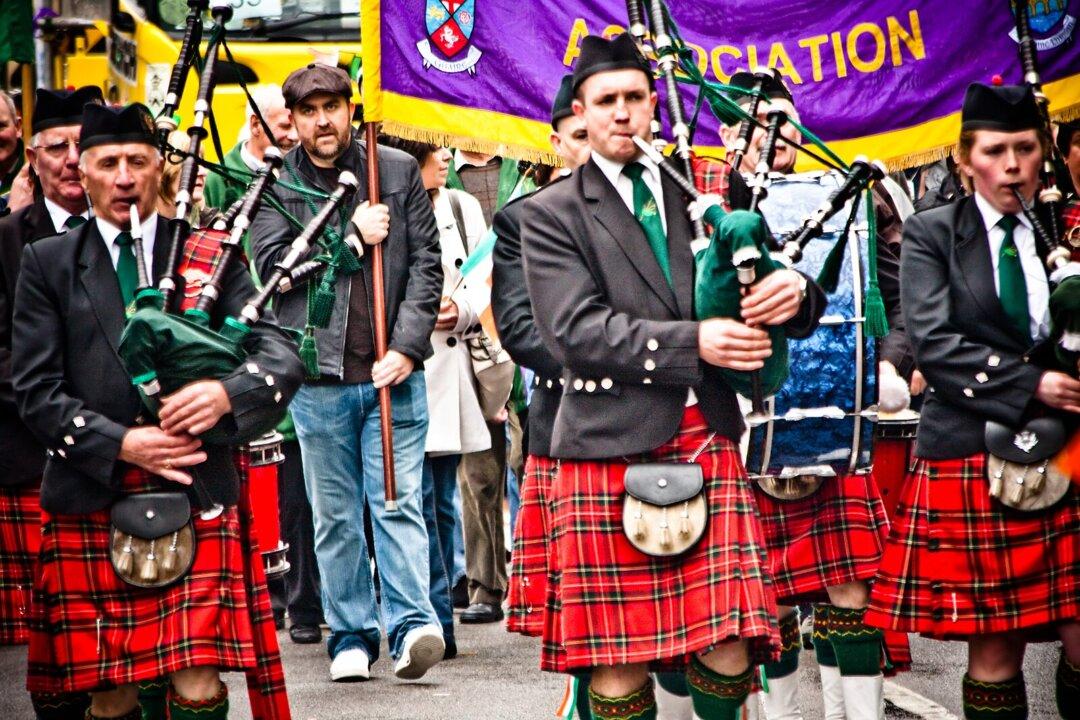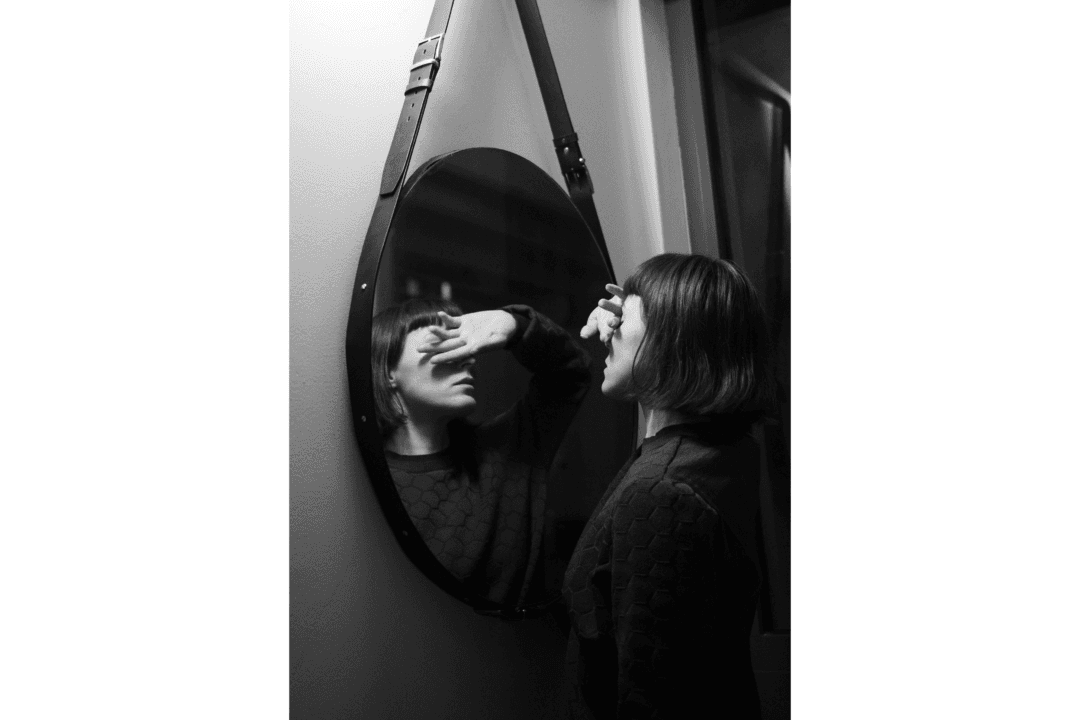In one of the tensest moments in J.R.R. Tolkien’s “The Hobbit,” Gollum is ready to eat Bilbo Baggins if he cannot answer this riddle correctly:
Alive without breath, As cold as death; Never thirsty, ever drinking, All in mail but never clinking.There is something strange and mysterious about riddles in their very nature; reading one is like entering a maze in someone else’s mind. Poetry, too, has a strange and mysterious quality as an art form, springing directly from someone’s mind and with little intermediary media needed, just pencil and paper—or not even that, if you memorize it. Thus, poetry is the ideal method for delivering a riddle.
This rhyming riddle tradition goes back at least as far as ancient Greece. According to some versions of the legend, people would go to the Oracle of Delphi with important questions, and she would give an answer in the form of a riddle-like poem. For instance, the king of Lydia, Croesus, fearing an invasion by the king of Persia, Cyrus, went to the oracle to inquire as to whether he should attack before being attacked. He received this answer:
Whene'er, when a mule shall mount upon the Median throne, Then, and not till then, shall great Croesus fear to lose his own.Croesus took the idea of a mule ruling a kingdom to be an impossibility and thus his chances of losing to be an impossibility. Well, to make a long story short, Croesus got this riddle wrong. He attacked and eventually lost. His enemy, Cyrus, was of mixed blood and was thus represented by the mule (a mix of a donkey and horse).






